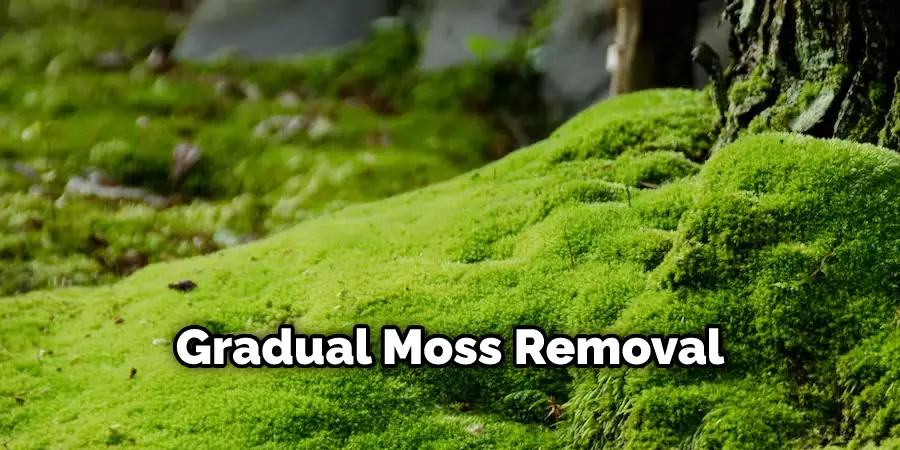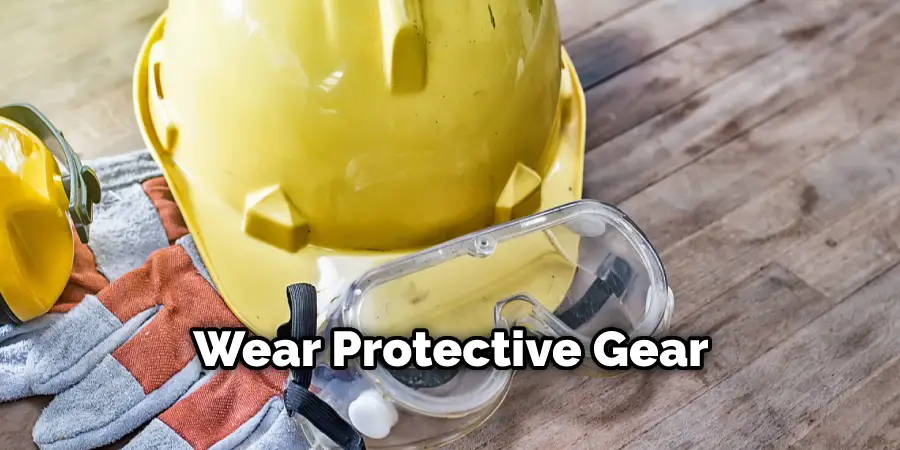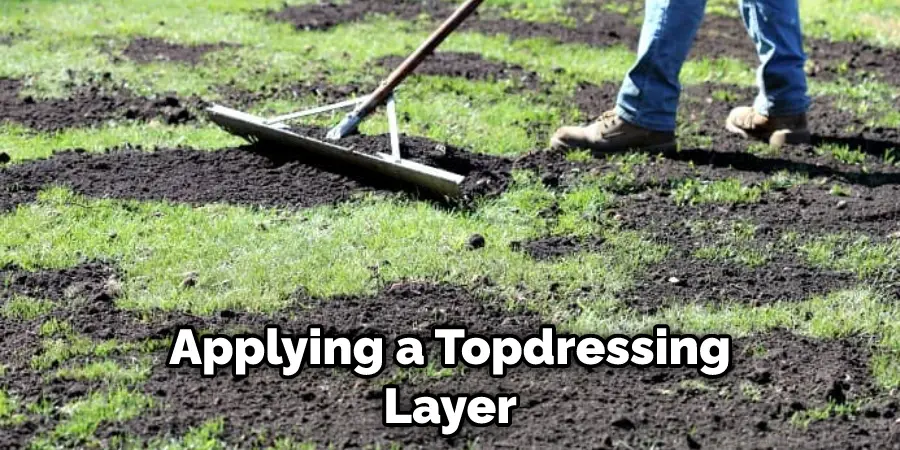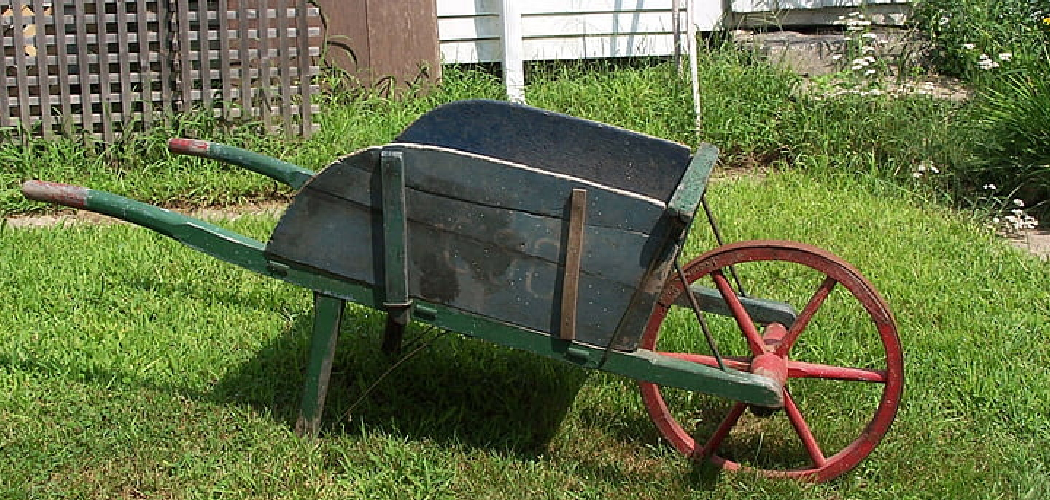Scarifying a lawn can be a beneficial maintenance practice, as it helps reduce thatch and opens up the soil for better nutrient absorption. So, we need to learn How to Scarify a Lawn. It also encourages the grass to root more deeply, making it less prone to drought damage. For those with heavily compacted soils, scarification can help aerate the turf and allow air, water, and nutrients to reach the grassroots. Scarifying is also beneficial for promoting better drainage and reducing waterlogging, which can help the grass survive during periods of heavy rainfall or extended wet weather.

In conclusion, scarifying a lawn can provide many advantages. It helps to remove thatch, which is the layer of dead grasses, leaves, and stems that can build up on a lawn over time. This allows oxygen, nutrients, and water to reach the soil more easily and encourages healthy grass growth. Scarifying also removes weeds and moss, promoting better air circulation and drainage. You can find step-by-step instructions on how to scarify a lawn in this blog article.
Step-by-Step Processes for How to Scarify a Lawn
Step 1: Inspect Your Lawn
Before you start scarifying, it’s important to inspect your lawn to make sure it is healthy enough to undergo the process. It’s best to scarify an established grassy area. However, newly seeded areas may be able to be sacrificed after mowing a few times. Check the soil and ensure that it has adequate drainage properties. If your lawn has excessive weeds, moss, or thatch, then scarifying is an ideal solution for removing these problems.
Step 2: Gather the Right Equipment
To effectively scarify a lawn, it’s important to have the right equipment. A petrol-powered lawnmower with a scarifying attachment is the best tool for the job. This will give you more power and coverage when operating over a large area. Alternatively, an electric scarifying machine can be used to tackle smaller areas.
Step 3: Set Your Scarifier to the Appropriate Setting:
Before beginning to scarify, make sure that your machine is set at the right setting. Depending on the desired outcome, you should set the machine to its highest setting for complete scarification or a lower setting for more gradual moss removal. Start in one corner of your lawn and work your way systematically toward the other side. Be sure to overlap slightly between passes to ensure that all areas receive the same treatment.

Step 4: Move Slowly and Steady While You Scarify
The scarifying process should be slow. Moving too quickly can cause unnecessary damage to your lawn, so take your time and use an even move from one side to the other. As you scarify, remove debris like moss, dead grass, and thatch away from the area. This can usually be done with a rake or brush. Be sure to clear the area of all debris before proceeding to the next spot. Once you have scarified one side of your lawn, repeat the same process on the other side. It’s important not to neglect any areas as this will affect the overall results.
Step 5: Rake Your Lawn Again After Scarifying
After you have completed the scarifying process, rake your lawn to even out any bumps or dips that may have been caused by the machine. To help promote the healthy growth of grass and discourage further weed, moss, and thatch growth, it’s important to feed your lawn after scarifying. Use good quality lawn feed and follow the instructions carefully.
Step 6: Water Your Lawn After Feeding
Finally, water your lawn after you have applied the lawn feed. This will help to encourage the growth of healthy grass and prevent weeds, moss, and thatch from taking over your lawn again in the future. Scarifying a lawn can be daunting, but with the right tools and guidance, you can achieve great results. Following this step-by-step guide will set you on the path to having lush green turf that is free from weeds, moss, and thatch.
Precautions for How to Scarify a Lawn

- Make sure to wear protective gear such as gloves, goggles, and a mask when scarifying a lawn.
- Before starting the scarification process, it is important to mark out any areas which you want to avoid damaging such as flower beds or pathways, with marking flags.
- Check the area for hidden obstacles, such as stones and rocks, which might block the scarifier blades.
- Be sure to inspect the lawn and identify any irregularities like moles or ant hills before starting, as these can be damaged during the process of scarifying.
- Set your scarifier at a suitable height, ensuring that it is not too deep for it to remove debris and moss from the lawn effectively.
- Stand firmly on the ground whilst operating your scarifier, and avoid moving around or pushing too hard, as this can damage the lawn.
- Make sure to take breaks during the scarification process, allowing yourself time to recover and reduce fatigue which can lead to errors when using machinery like a scarifier.
- Once you are scarifying, clean up the area and remove all debris from your lawn with a rake or by hand. This will help keep the lawn healthy and lessen the risk of pests.
Finally, water the lawn well afterward, as it will help to re-establish grass in any bare patches left by the scarifier blades. Following these precautions will ensure a safe and effective lawn scarification process.
How Do You Care for Your Lawn After Scarifying It?
Once you have scarified your lawn, it is important to properly care for it to ensure that it can recover and thrive. Here are a few tips on how to care for your lawn after scarifying:

- Water the Lawn Thoroughly: After scarifying it, water it deeply and evenly so that the soil is moist. This will help replace any moisture that may have been lost during the scarifying process.
- Fertilize the Lawn: Once your soil is moist, apply a fertilizer to the lawn to encourage healthy growth and replenish any nutrients it may have lost in the scarifying process.
- Aerate the Soil: Aerating your soil will help to loosen it up and provide more space for roots to grow.
- Topdress the Lawn: Applying a topdressing layer of compost or organic material can help to hold moisture in the soil, promote healthy root growth, reduce compaction, and improve drainage.
- Mow the Grass at the Proper Height: After scarifying, mow the grass slightly higher than you normally would. This will provide more shade for the soil and help to reduce weed growth.
By following these simple steps after scarifying your lawn, you can ensure that it can recover from the process quickly and thrive in the long run.
How Can You Prevent Damage to Your Lawn if You Scarify It Too Often?
The most important thing to consider when scarifying a lawn is how often you do it. The process can damage your lawn and reduce its health if done too often. Lawns should only be scarified once or twice per year to reap the full benefits of the process. When scarifying a lawn, going over it more than once may be necessary, but it is important to ensure that this is done carefully. If the blades are too sharp, or you go over the same area multiple times in quick succession, there is a risk of damaging the lawn by cutting off too much top growth or uprooting parts of the turf.
Besides limiting scarifying to once or twice a year, it is also important to take care when performing the process. This means ensuring that blades are sharpened and not left blunt and that the scarifying machine being used is set to an appropriate depth. It is also recommended that only experienced gardeners or landscapers attempt to scarify a lawn to reduce the risk of damage.
Finally, giving the lawn some time to recover after scarifying is important. This may involve fertilizing and overseeding with grass seed to help repair any damage that has occurred. In addition, regular maintenance such as mowing and watering should be continued to provide further support for a healthy lawn. These preventative steps will help ensure that scarifying your lawn does not cause permanent damage.

Conclusion
The main disadvantage of scarifying your lawn is that it can be time-consuming. It may also require several passes to achieve the desired results. During the process, some grass areas may die or be pulled up and need to be reseeded afterward. Proper care must also be taken when using power tools on your lawn to avoid damaging the grass.
In conclusion, learning to scarify a lawn is essential to maintaining your landscape’s health and beauty. The process can be done manually, with a motorized machine, or even through an automated robotic system. Depending on the size of your lawn, scarifying may only need to be done once or twice per year, or it could need to be done several times throughout the season. I hope this article has been beneficial for learning how to scarify a lawn. Make Sure the precautionary measures are followed chronologically.
You can check it out to Keep Dogs Off Patio Furniture
About
Outdoor Fixes is a distinguished figure in the world of Diy design, with a decade of expertise creating innovative and sustainable Diy solutions.
His professional focus lies in merging traditional craftsmanship with modern manufacturing techniques,
fostering designs that are both practical and environmentally conscious. As the author of diy,
outdoorfixes delves into the art and science of outdoorfixes-making, inspiring artisans and industry professionals alike.
Education RMIT University
(Melbourne, Australia) Associate Degree in Design (Outdoor Fixes) Focus on sustainable design, industry-driven projects,
and practical craftsmanship. Gained hands-on experience with traditional and digital manufacturing tools, such as CAD and CNC software.
Nottingham Trent University
(United Kingdom) Bachelor’s in outdoorfixes.com and Product Design (Honors) Specialized in product design with a focus on blending creativity with production
techniques. Participated in industry projects, working with companies like John Lewis and Vitsoe to gain real-world insights.
Publications and Impact
In diy, Outdoor Fixes his insights on indoor design processes, materials, and strategies for efficient production.
His writing bridges the gap between artisan knowledge and modern industry needs, making it a must-read for both budding designers and seasoned professionals.

